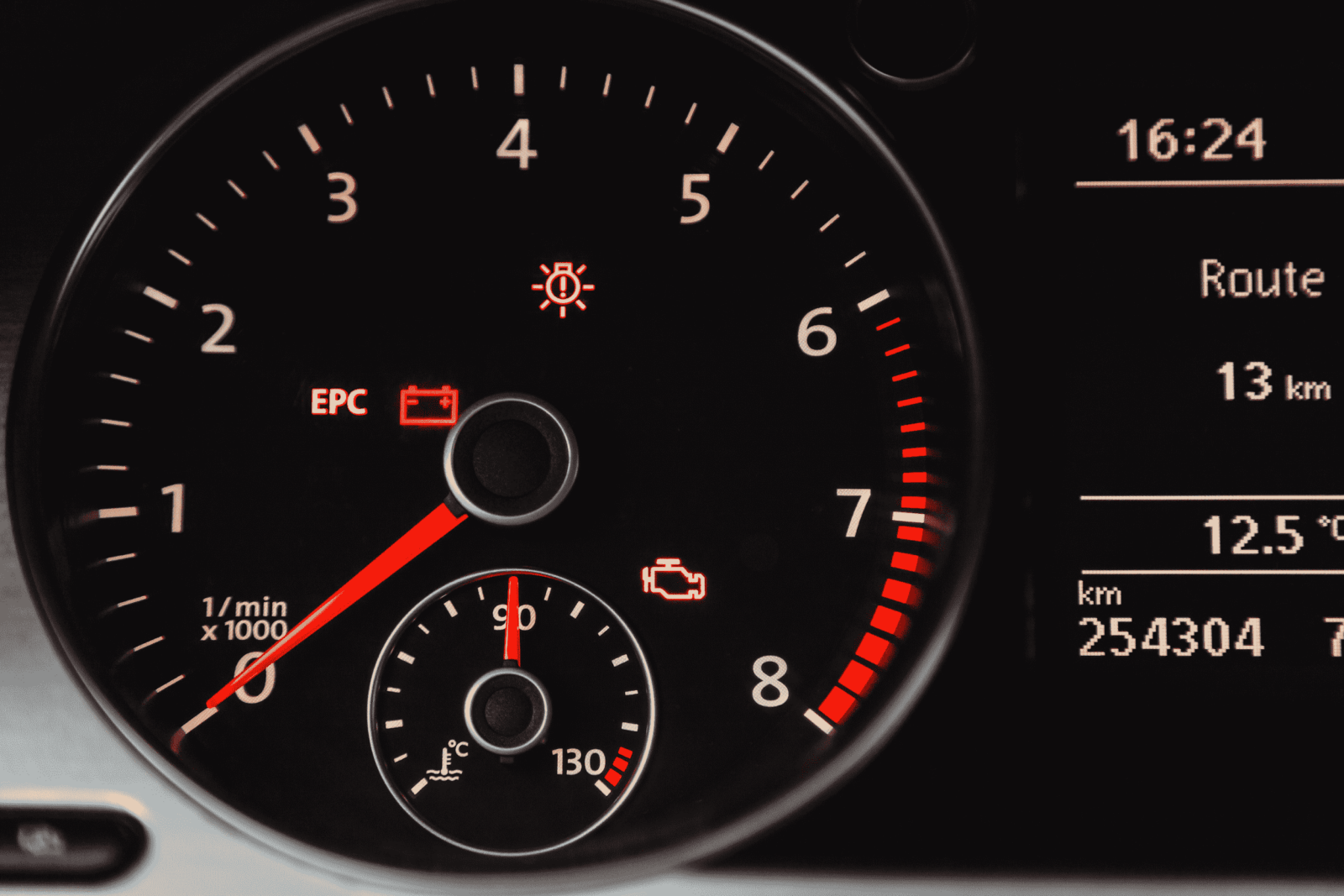
Why does the Check Engine light come on?
Here are some of the reasons for the Check Engine light to turn on.
1. Engine malfunctions
A collection of sensors monitor the operation of your car’s engine. So, if it detects a malfunction, the Check Engine light turns on.
2. Problem with emission
Every car from this decade comes with a wide range of emission equipment. The emission components can include a catalytic converter, gas recirculation, evaporative emission system, etc. Each component serves its purpose, and a problem in any of them may cause the Check Engine light to turn on.
3. Faulty transmission
The transmission of a car transfers the power from the engine to the wheels. Hence, you can say that engine and transmission assemblies work pretty closely, which is why any faults in the transmission can cause the Check Engine light to turn on.
4. Issues with sensors and modules
Modern powertrains use many modules and sensors to collect and analyse data and communicate with modules. Any issues in the network, modules or sensors may cause the Check Engine light to turn on. For example, faulty airflow or oxygen sensors can communicate uneven readings that can trigger the Check Engine light.
5. Interrupted air/fuel delivery
The function of a car’s engine depends on the accurate flow of fuel and air as well. If the control module notices an increased or decreased amount of fuel or air in the engine, it may indicate issues by turning on the Check Engine light.
6. Problems in the ignition system
The ignition system uses coil packs, spark plugs and other components to ignite the mixture of air and fuel in the engine. If the spark plugs or any other component in the ignition system becomes faulty, the control module will turn on the Check Engine light.
7. Open/loose fuel tank cap
While it sounds trivial, an opened or loosened fuel tank cap can affect the performance of the engine. It changes the pressure across the whole system, resulting in higher emissions and reduced mileage. All this can cause the Check Engine light to turn on.
What to do if the Check Engine light turns on?
Here are a few tips to reset the Check Engine light if it turns on.
1. Tighten the fuel tank cap
Sometimes it’s just the loosened fuel tank cap causing the light to switch on. So, the first thing you can try is inspecting the cap on your fuel tank and tightening it if it feels loose.
2. Try reducing the load and speed
Excessive weight or speed can put too much pressure on your vehicle's engine. This is commonly seen in small cars driving at high speeds on highways. The additional stress can negatively impact the engine performance and cause malfunctions. So, if you see the engine light turned on, reduce your speed or the load size, if possible, to reset it.
3. Notice other indicators
If the Check Engine indicator is on, you should inspect other indicators as well to figure out how serious the problem is. The lights or gauges on your vehicle’s dashboard will tell you about overheating, low oil pressure and other problems. In such conditions, you should immediately shut off the vehicle engine and park your vehicle as quickly as you find a safe place.
4. Run diagnostics
If your vehicle has a built-in diagnostic system, you can use it to understand the issues when the Check Engine light turns on. Or, take it to a professional mechanic, who would understand the reports generated by the built-in diagnostic system and decide the suitable repair steps.

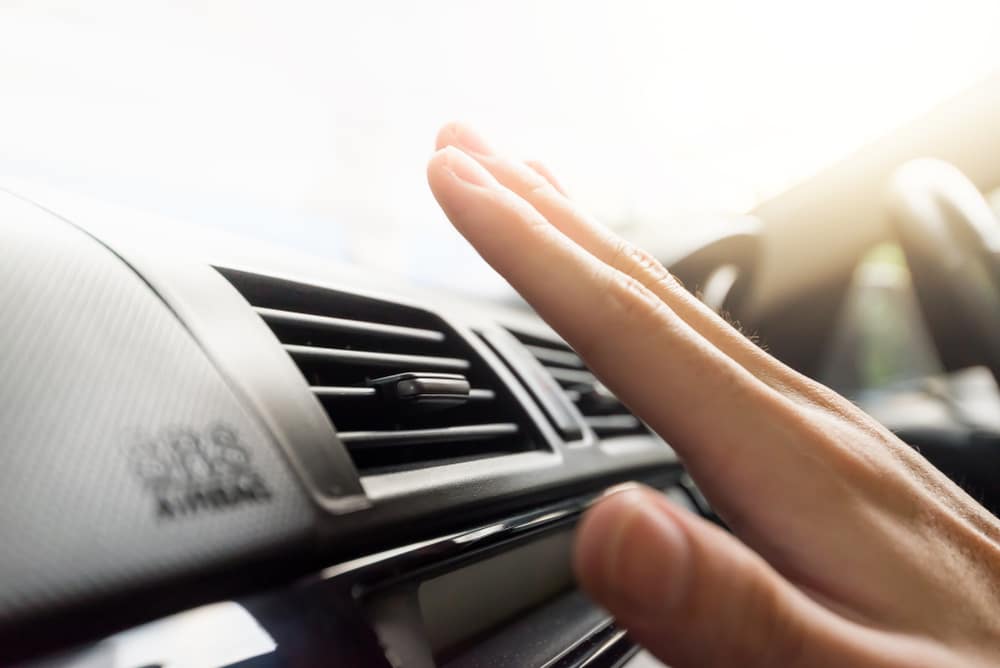
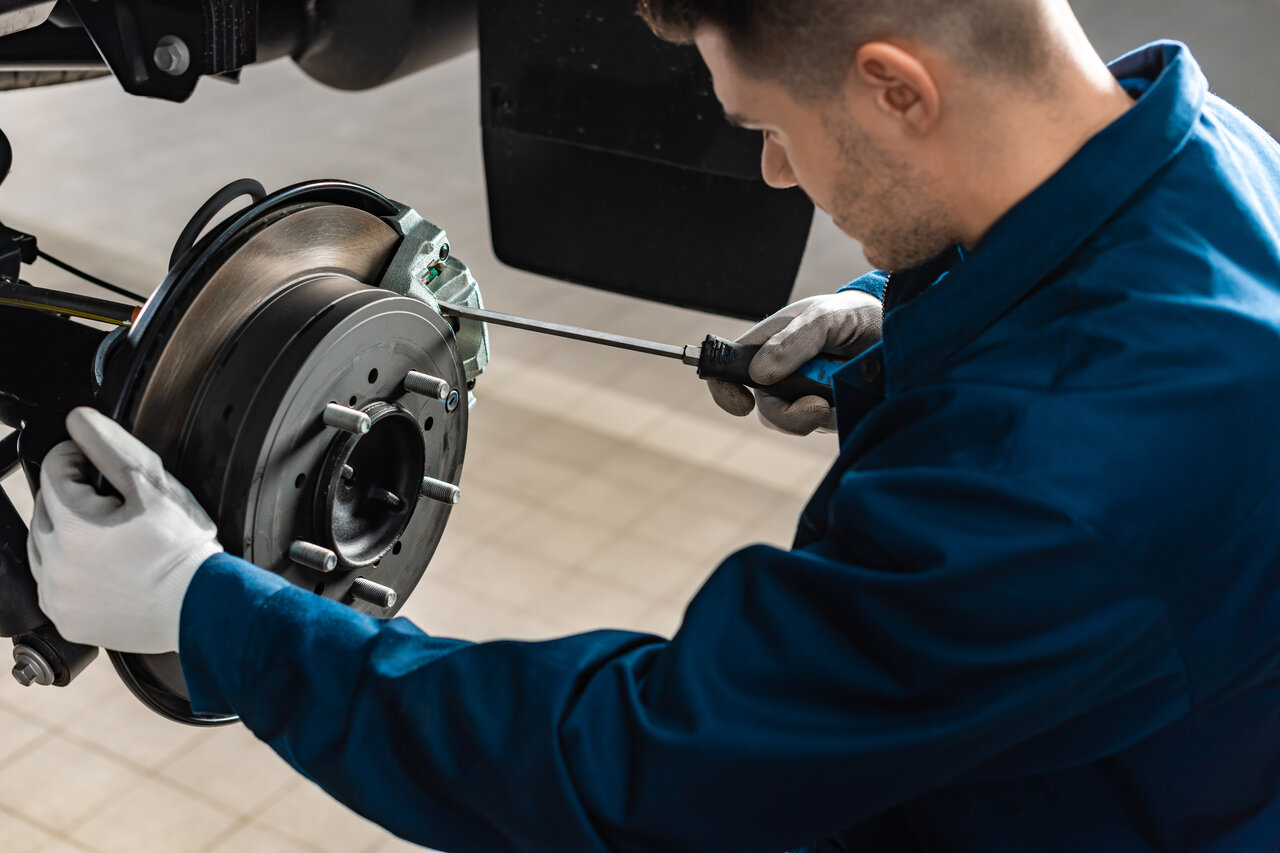
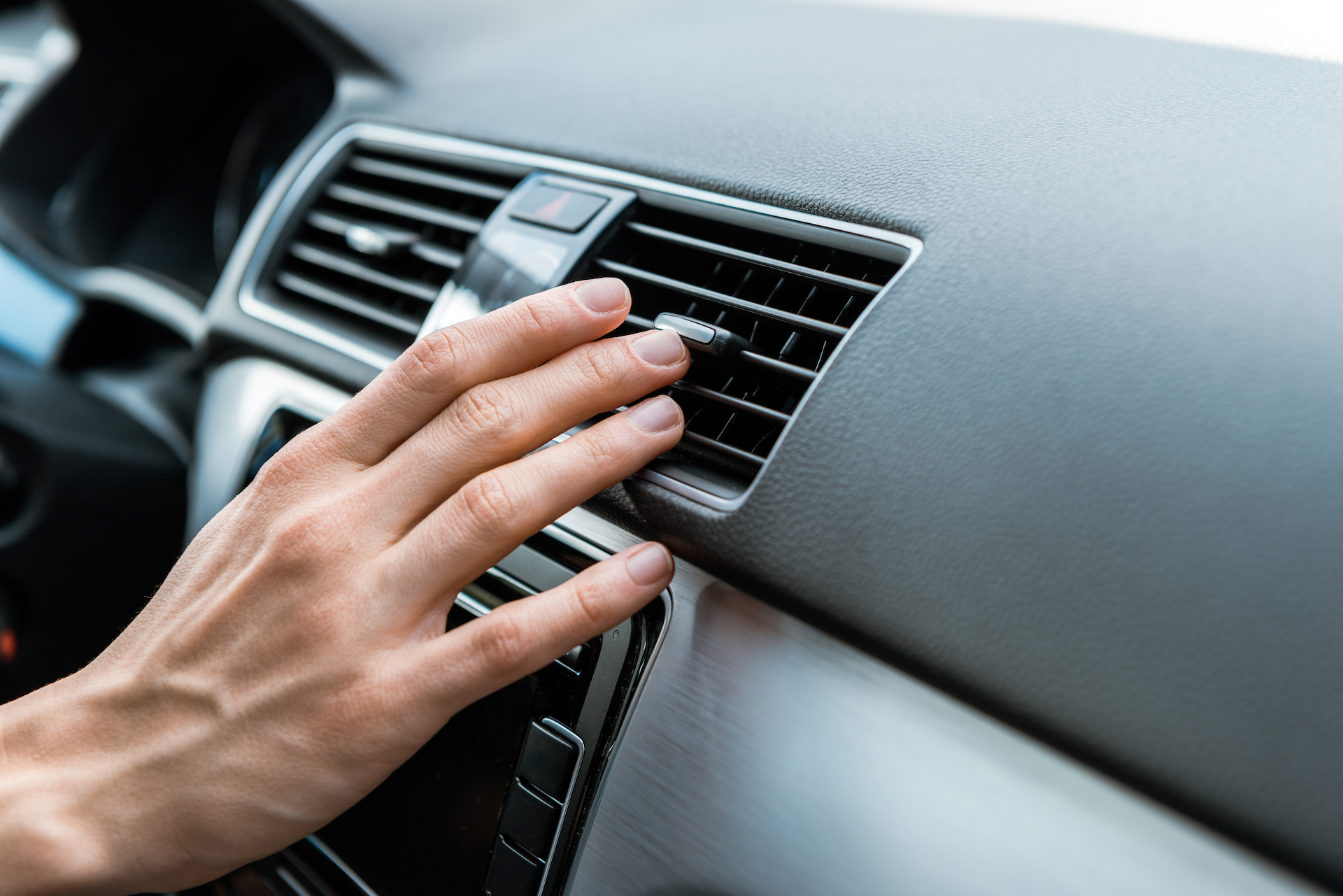
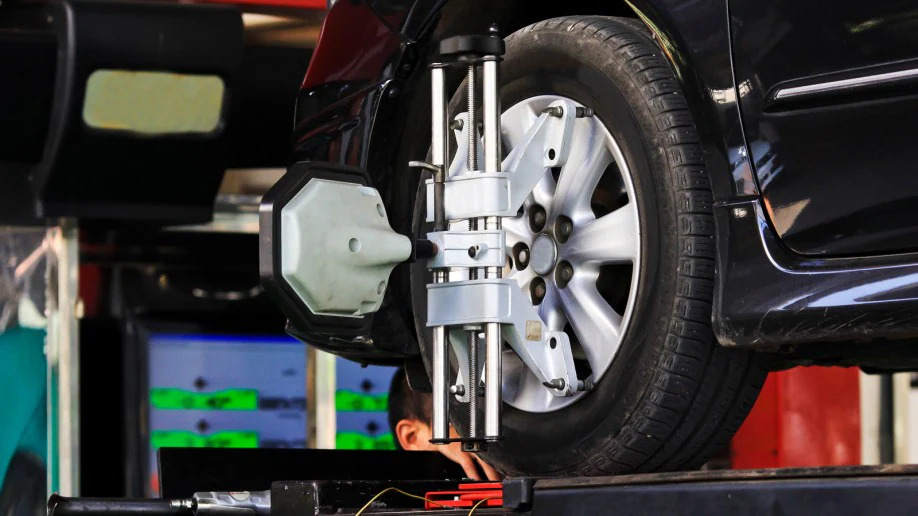
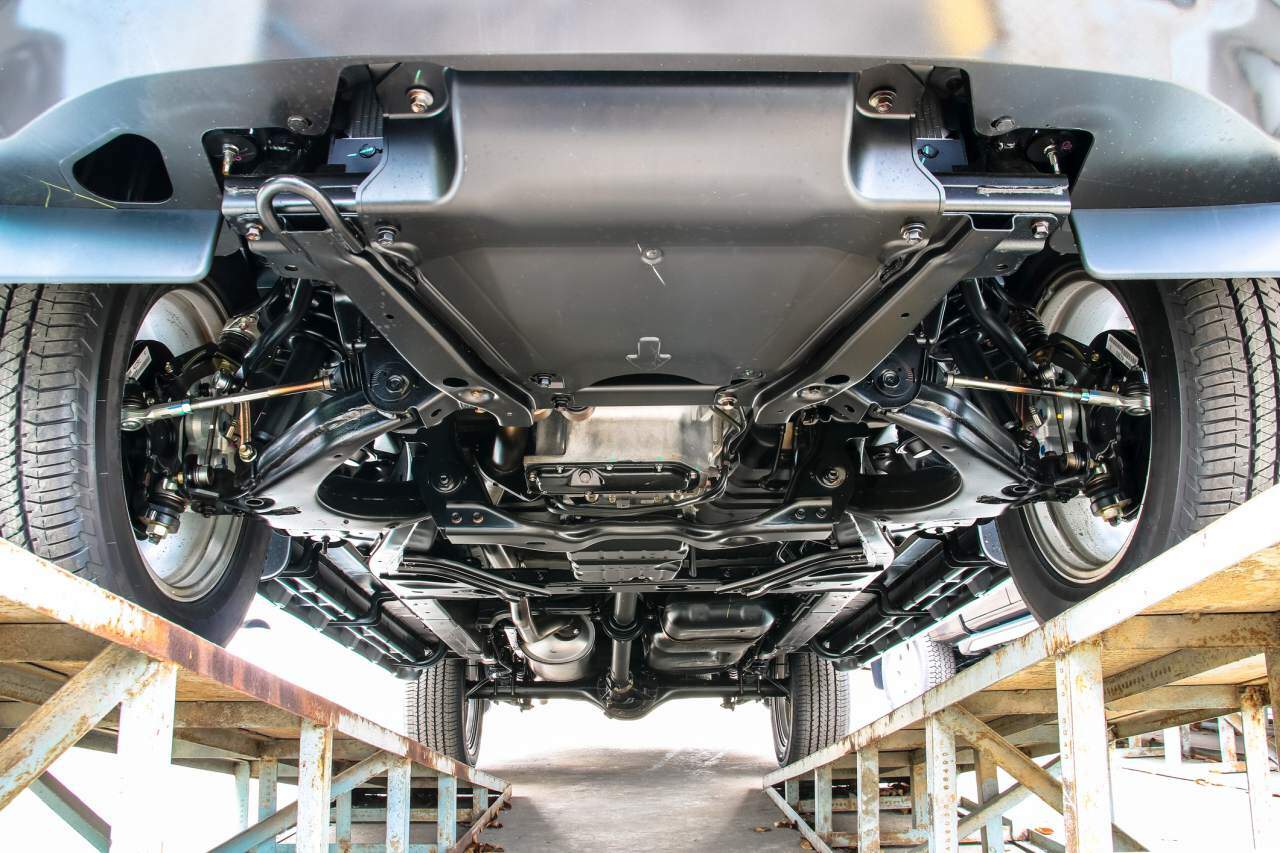
comments 0